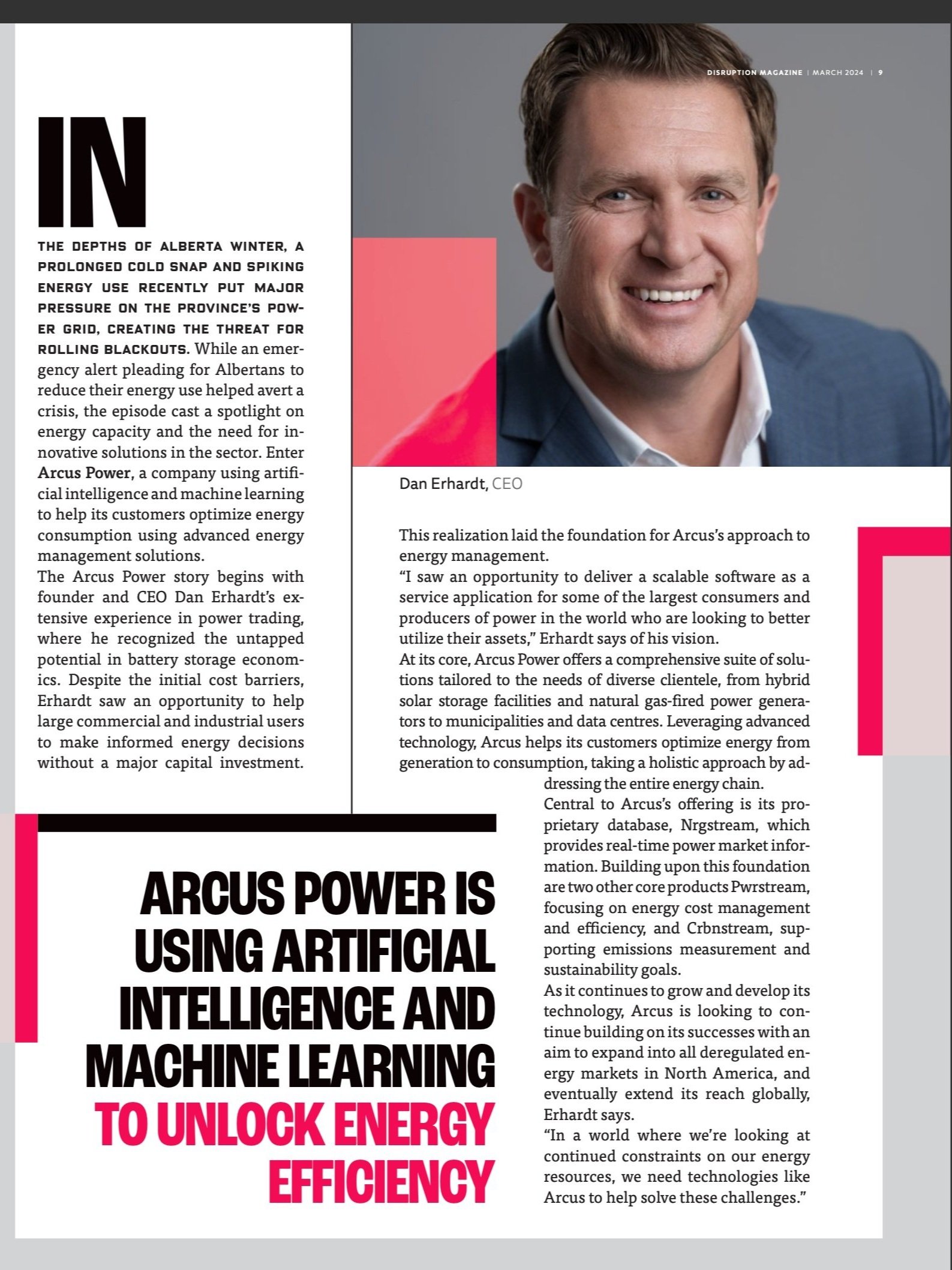Women Making a Difference - Grace Quan
Hydrogen in Motion Inc. (H2M) President and CEO Grace Quan co-founded her company with a bold vision: to rethink hydrogen storage and transportation. The former government advisor turned clean energy trailblazer is driving the transition towards a sustainable future in transportation and energy.
tl;dr
Visionary Leadership: Grace Quan, CEO of Hydrogen in Motion, transitioned from a government advisor to a leader in clean energy.
Innovative Technology: H2M developed a breakthrough material for hydrogen storage using physisorption, enabling safer and cost-effective solutions compared to traditional methods.
Global Impact: Quan envisions hydrogen's role in decarbonizing transport and energy, advocating for collaboration among governments, businesses, and investors to accelerate the hydrogen economy.
Revolutionizing Hydrogen Transportation
Grace Quan’s journey into the clean energy economy was sparked in an unlikely place: Mt. Kilimanjaro. Amidst the breathtaking vistas, Quan experienced a moment of clarity that would change the course of her professional life: the world needed to embrace the potential of hydrogen energy. “There must be something we can do to propel the hydrogen economy forward.” That thought began her transition from government advisor to trailblazer in the field of hydrogen storage and transportation.
Quan founded her company, Hydrogen in Motion in 2014 alongside her co-founder and Chief Technology Officer, Mark Cannon, and together they have spent 10 years pioneering a breakthrough technology in hydrogen storage, developing a revolutionary material capable of storing hydrogen gas at significantly lower pressures than traditional methods.
“Our innovation addresses one of the major hurdles in the widespread adoption of hydrogen as a clean energy source: safe and efficient storage and transport,” says Quan.
The core technology developed by Hydrogen in Motion revolves around a material that acts like a sponge, attracting and storing hydrogen molecules at low pressures. This physisorption method stands in contrast to traditional solid-state storage methods, offering a safer, more cost-effective solution for storing hydrogen gas.
Quan sees far-reaching potential in the application of Hydrogen in Motion’s technology, ranging from powering hydrogen vehicles, to large scale transport of hydrogen, to facilitating the transition of diesel-electric trains to hydrogen-electric. By providing safer and more efficient storage solutions, the company wants to help make hydrogen energy accessible and practical for a wider range of industries.
As someone who wears many hats, Quan’s work often takes her to international conferences and to offer her expertise as a member of a variety of boards and organizations, from the Canadian Hydrogen and Fuel Cell Association to the UK’s Sustainable Energy Council to Chair of the Codes and Standards Working Group for Hydrogen Storage and Transport led by Natural Resources Canada and the Standards Council of Canada. That vantage has given her a lot to be optimistic about as she witnesses first-hand the exponential growth in interest and investment in hydrogen energy. It’s why she has no trouble envisioning a future where hydrogen plays a central role in decarbonizing the transportation and energy sectors.
“To get there, we need a coordinated effort from governments, businesses and investors so we can accelerate our transition to a hydrogen-based economy,” she says.











